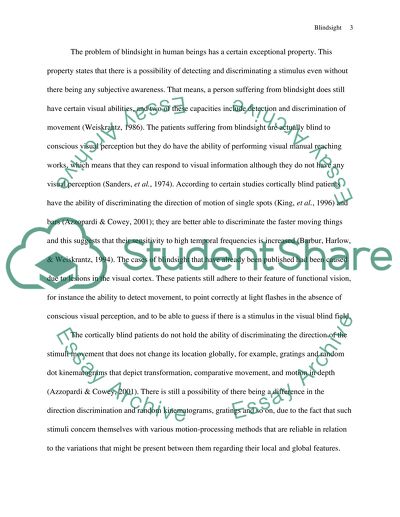Cite this document
(“Blindsight Research Paper Example | Topics and Well Written Essays - 1750 words”, n.d.)
Retrieved de https://studentshare.org/biology/1392627-blindsight
Retrieved de https://studentshare.org/biology/1392627-blindsight
(Blindsight Research Paper Example | Topics and Well Written Essays - 1750 Words)
https://studentshare.org/biology/1392627-blindsight.
https://studentshare.org/biology/1392627-blindsight.
“Blindsight Research Paper Example | Topics and Well Written Essays - 1750 Words”, n.d. https://studentshare.org/biology/1392627-blindsight.


